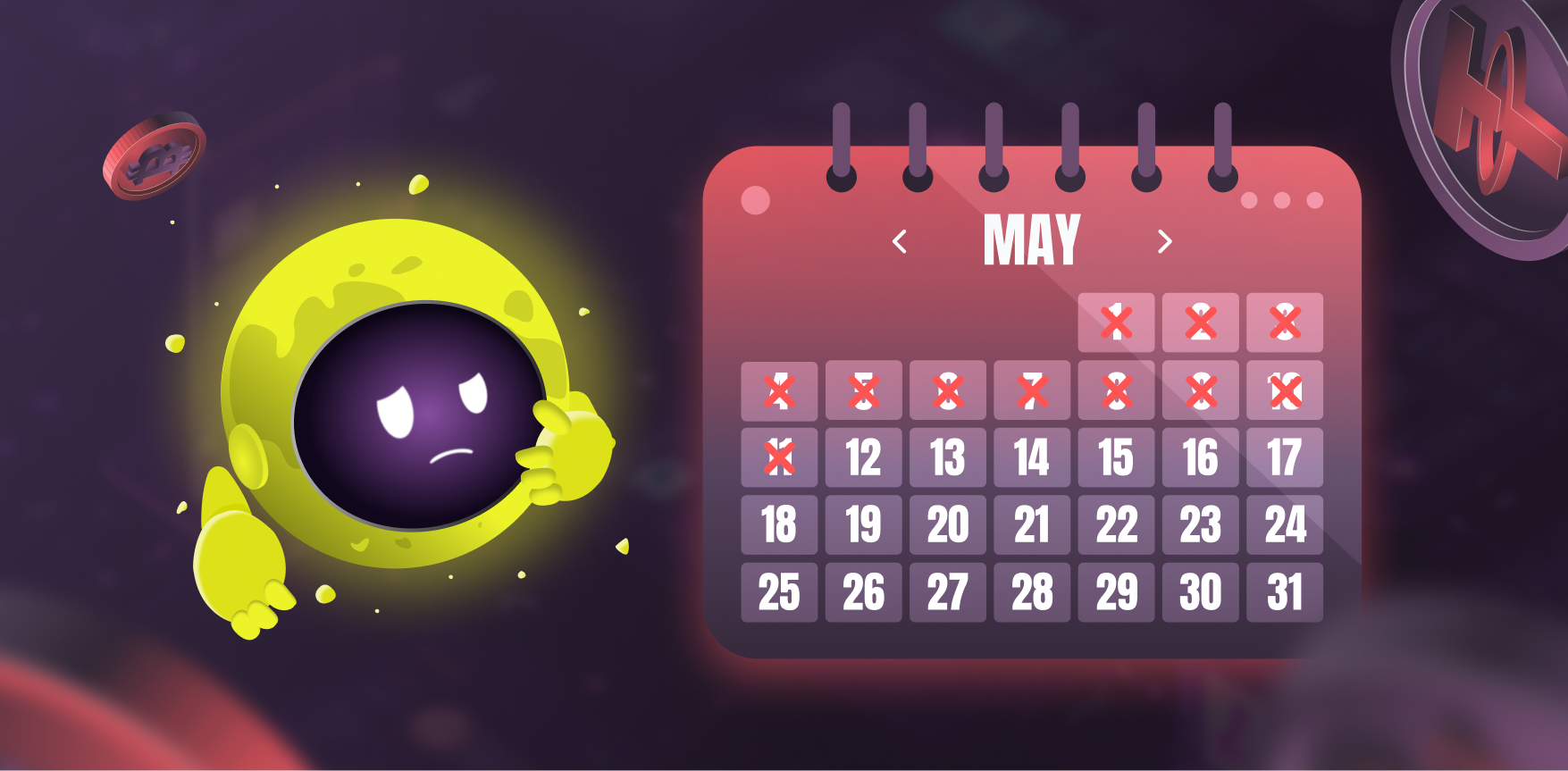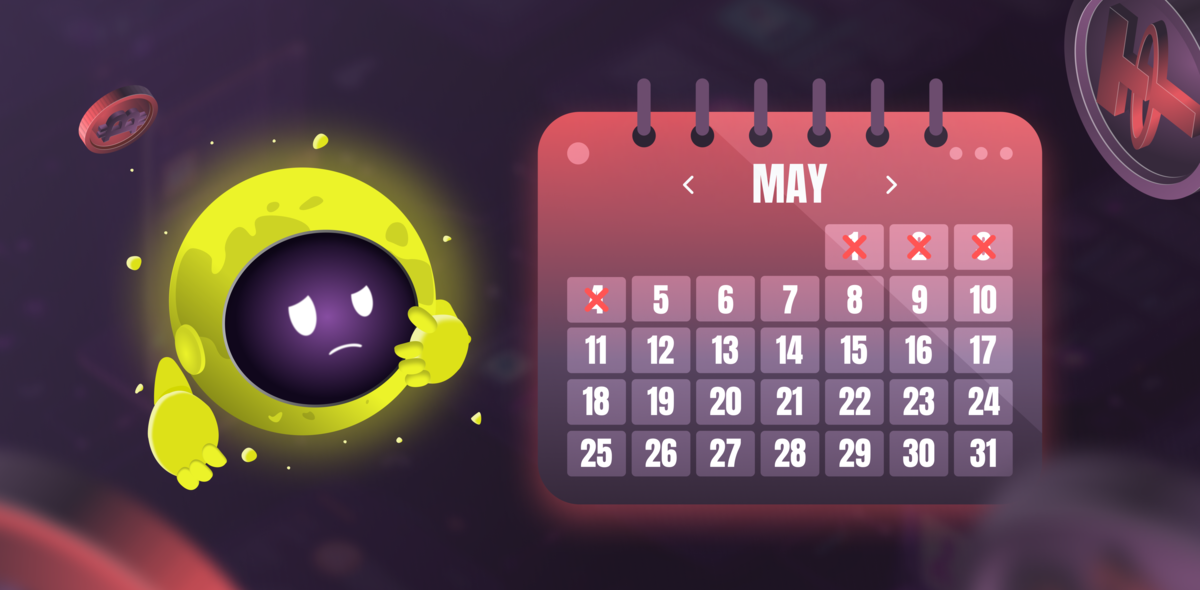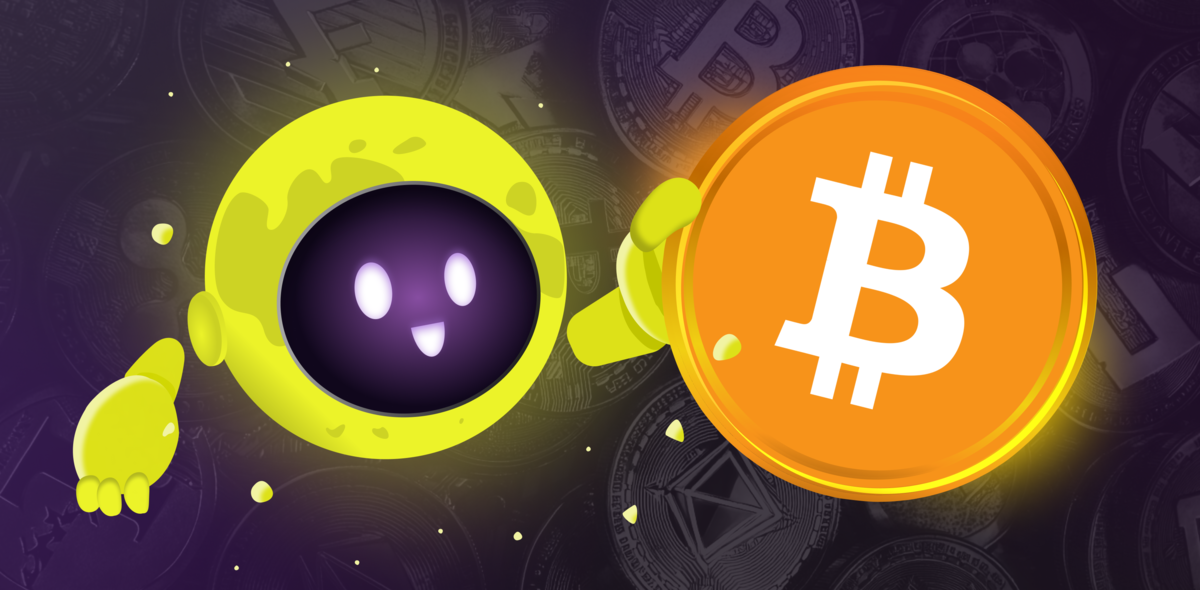
Although Bitcoin remains the oldest and most prestigious cryptocurrency, it is falling behind technically compared to Ethereum-based projects. These projects serve as the foundation for smart contracts, DeFi, NFT, and other new financial technologies. However, with non-fungible tokens (NFTs), Bitcoin can now have its own digital collectible.
Bitcoin Ordinals are a new form of digital assets stored on the Bitcoin blockchain. These are non-fungible tokens (NFTs) linked to individual satoshis, the smallest unit of Bitcoin. Ordinals allow the attachment of metadata such as images, videos, and other data to a specific satoshi. This study introduces a new method for generating and safeguarding digital artifacts using a unique identifier.
What are Bitcoin Ordinals?
Bitcoin ordinals are a method of creating non-fungible tokens (NFTs) by attaching data such as images and videos to an individual satoshi on the base Bitcoin blockchain. Each ordinal is a unique number assigned to a satoshi, providing a system for numbering each individual satoshi in the Bitcoin blockchain. This unique numbering system enables the creation of NFTs in the Bitcoin network.
The protocol does not officially recognize this unique ordering of satoshis, but the community has attributed importance to this numbering system and has developed tools that respect it.
The NFT of ordinals has a unique architecture compared with other similar tokens.
Developer Casey Rodarmor's system uses Satoshi's numbering system to encode data into the 'witness' section of a Bitcoin transaction.
Segregated Witness (SegWit) implementation in August 2017 enabled this ordinal phenomenon, and the Taproot soft fork was implemented a few years later. The latter contributed to more affordable and private transactions among other factors.
SegWit primarily aims to address scalability issues by altering the block structure. This change allowed signatures to be separated from the transfer process and increased the Bitcoin block size from 1 to 4 MB. Taproot, however, relaxes the requirements for data limits, theoretically allowing an entire 4 MB block to be filled with NFTs from Ordinals.
These standard inscriptions contain unprocessed data recorded directly on the Bitcoin blockchain. For example, different types of media can be included, such as images, audio, video, and text. It is possible to include all the applications, including a simplified version of the Doom game.
Ordinals have a distinct capability to embed data directly into the Bitcoin blockchain without depending on secondary protocols, setting them apart from other blockchain-based NFTs. However, their potential use has raised controversies and questions about the future landscape of token creation and digital asset innovation in the Bitcoin ecosystem.
History of Bitcoin Ordinals
The Ordinals Project, launched in January 2023, introduced the possibility of embedding images and other types of data into the blockchain of the leading cryptocurrency by market capitalization without the need for a separate token or sidechain.
The concept of non-interchangeable tokens based on Bitcoin is not new. Experiments with such assets began with the introduction of solutions such as colored coins in 2012 and their counterparts in 2014. This concept became popular only after a long time.
The NFT of ordinals has a completely different architecture compared to its analogs. The system created by Casey Rodarmor uses Satoshi's numbering (serialization) to write data to the "witness" section of a Bitcoin transaction.
Segregated Witness (SegWit) implementation in August 2017 made this ordinal phenomenon possible, and the Taproot soft fork was implemented a few years later. Among other factors, the latter contributed to more affordable and confidential transactions.
Aimed primarily at addressing the scalability issue, SegWit modifies the block structure to separate signatures from the transfer process. The update also resolved the issue of transaction malleability and established the groundwork for the development of the Lightning Network.
The first popular products to use ordinals were digital art collections, such as Planetary Ordinals and Bitcoin Punks. In contrast to Ethereum-based NFTs, where the NFT typically refers to data hosted off-chain, the artwork of the ordinary exists directly on the blockchain. This requires a place on the blockchain to ensure its permanence and security. This places an increased demand on the computing resources of the Bitcoin ecosystem, unlike traditional NFTs.
Criticism Within the Community
Bitcoin Ordinals, also known as BRC-20 tokens, sparked a debate within the cryptocurrency community. Some people view ordinals as a novel approach to creating NFTs, meme tokens, and other assets in the Bitcoin blockchain. Others argue that the introduction of ordinals has led to network congestion and the misuse of the Bitcoin network. This is because it increases demand, and could result in higher fees and congestion. Critics have raised concerns about the legality and ethics of organ donation. There is a fear that fraudulent assets could be issued, leading to scams on the blockchain.
Proponents of Bitcoin Ordinals, such as Michael Saylor, the founder of MicroStrategy, see the potential for innovation and the development of applications based on Bitcoin's NFT technology. Saylor believed that this technology could benefit Bitcoin miners in the long term and lead to greater acceptance of the asset among influential individuals, companies, and governments. Ordinaries have also established a token ecosystem, introducing various BRC-20 tokens and attracting investments in related startups.
However, not all members of the cryptocurrency industry support the regulations. A Bitcoin Core developer referred to assets based on ordinals as "garbage" and proposed restricting them through a "spam filter." The ongoing debate surrounding Bitcoin forks reflects the tension between innovation and preservation of the original vision of the Bitcoin network.
Conclusion
Bitcoin Ordinals is a novel and innovative method for creating and preserving digital artifacts in Bitcoin blockchains. They offer unique opportunities to creators and collectors. Ordinals have significantly increased the interest in Bitcoin.
The number of transactions with BRC-20 on the network surpassed that with BTC. While Bitcoin has yet to compete with Ethereum's DeFi integrations and popular projects like the Bored Ape Yacht Club, it has outpaced Ethereum's competitors in NFT and token transactions. In May, the monthly trading volume of the TAE and memcoins on the Bitcoin network surpassed that of Solana (SOL), Polygon (MATIC), and other cryptocurrencies.
The launch of the BRC-721 E standard enables users to transfer their non-interchangeable tokens (NFTs) to the Bitcoin blockchain. The new standard, launched jointly by the Ordinals market and Miladys NFT Bitcoin collection, allows users to convert and transfer their collectible digital assets from one blockchain to another by burning an old Ethereum-based token.




